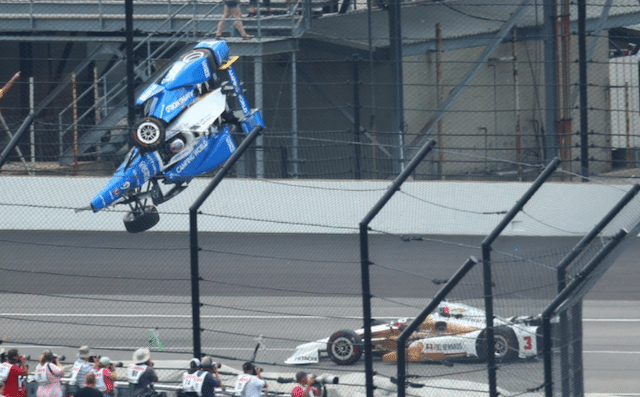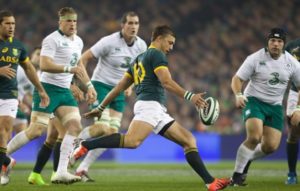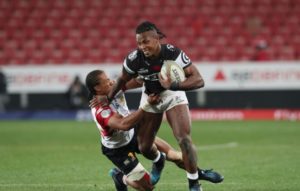It was Formula One against IndyCar as two of motorsport’s events of the year took place on the same day – and for the neutral spectator there can only have been one winner, writes GARY LEMKE.
On the streets of Monte Carlo, we saw the red Ferraris of Sebastien Vettel and Kimi Raikkonen pick up the jewel in the F1 crown, the Monaco Grand Prix. It was one of those rare occasions when the man who claimed pole position in qualifying – in this instance Raikonnen – didn’t go on to to take the chequered flag.
Yet his place on the podium was orchestrated by the Ferrari team itself, bringing the Finn in to the pits for his tyre change on lap 34 of 78. This meant that Vettel, his teammate, was in the lead with his pit stop still to come. That happened six laps later and the stop itself was quicker – 3.1 seconds – and the German exited ahead of Raikonnen. Race over, because this is the one grand prix where passing is notoriously difficult.
The big incident of the race came on lap 60 when Jenson Button – returning to the grid for the day, because McLaren’s Fernando Alonso was taking an opportunity to race in the Indy 500 – tipped Pascal Wehrlein’s Sauber over and into a sidewall. Happily, the driver was unscathed.
So, Vettel won to give Ferrari its first win in the Principality in 16 years and extend his Drivers’ Championship lead, after Lewis Hamilton had been caught way down the grid in qualifying and, Monaco being Monaco, he was unable to weave his way through the traffic, eventually finishing seventh.
However, the big motorsport action came later at the Indy 500, where the four most famous words in the sport are uttered: ‘Drivers, start your engines!’ It’s a cry that sends the 300,000 spectators into a frenzy. It used to be, ‘Gentlemen, start your engines!’ but now there are female racers on the grid, so happily that’s changed with the times as well.
There is much fanfare and ceremony before the race, which is a 500-miler (800km) race on a 2.5-mile oval circuit, therefore 200 laps, with open-top cars being projected around the oval at speeds of 360km/h. A flypast, the national anthem, prayers, speeches, brass bands, an outsize American flag being driven around the tarmac, sets the scene for what’s to follow.
And, if you thought that watching these cars track one another for 200 laps is boring, then you haven’t watched the Indy 500 before, or have no appreciation for the skill levels and fitness of these drivers. Obviously, the same applies to F1, but with IndyCar – normally contested on street circuits – the drivers literally take their own lives into their hands.
Since 1911, 57 drivers and team members have died in this race. And the heart-stopping moment came in the 2017 instalment when the man who had won pole position, Scott Dixon, was sent into the sky when his car was hit by Jay Howard’s, who was sliding down across the banked track after hitting the wall himself. Dixon’s wife later said, ‘I didn’t think he was coming home,’ after his car had been completely destroyed in the crash that happened at 286km/h. But Dixon miraculously got out and walked away, later complaining of a sore ankle and being ‘bumped up’.
Alonso, a former F1 champion, held the lead on a number of occasions and looked a possible winner until his Honda engine blew up in the latter stages. The race was won by another ex-F1 driver, Takuma Sato, while Max Chiltern, unable to make an impression in F1, finished fourth.
It was a day that saw 15 different leaders of the race, 35 changes of the lead and 853 overtaking manouvres, in front of 300,000 fans. The results also showed that while F1 drivers may be better than those in IndyCar, when it comes to motorsport excitement, there is no contest.





